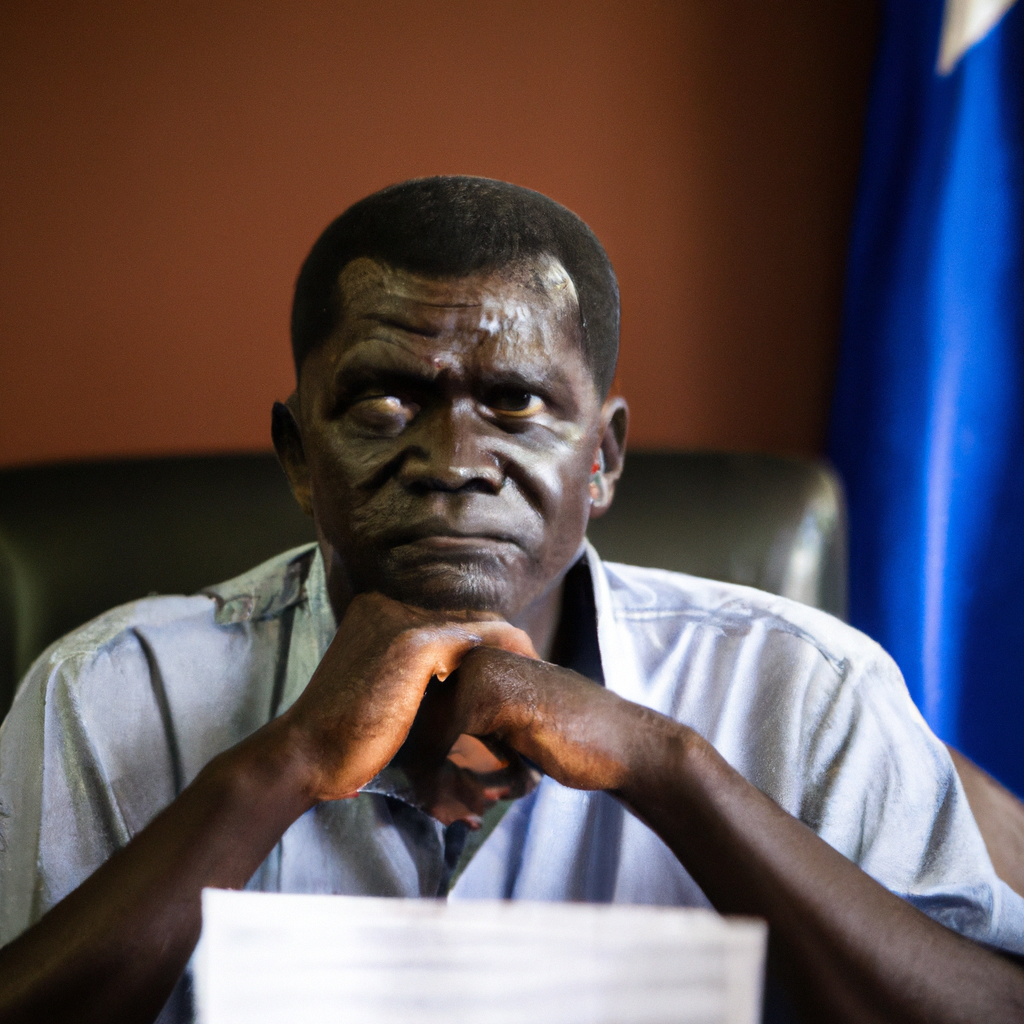Uganda has confirmed its second Ebola fatality, raising concerns about the spread of the virus in the region. The latest victim, a 40-year-old man from the Kyotera District, succumbed to the disease on Wednesday after exhibiting symptoms that prompted authorities to act swiftly. This troubling development comes just six weeks after Uganda declared an outbreak of the Sudan virus strain of Ebola, which has a notably higher mortality rate than other strains. The Ugandan Ministry of Health reported that there are currently over 20 confirmed cases, with contact tracing efforts intensifying to prevent further infections.
Current Situation of the Outbreak
The situation has garnered national and international attention as health officials work to control the spread of the virus. Many areas in Uganda, particularly near the borders with neighboring countries, are under heightened surveillance. The Ministry of Health has mobilized resources to ensure that those exposed to the virus receive immediate care and are isolated to avoid further transmission.
Health experts note that the Sudan strain of Ebola, while less common than the Zaire strain, poses unique challenges for containment efforts in Uganda. The symptoms include sudden fever, fatigue, and unexplained bleeding, which often delay diagnosis in non-clinical settings. In response to the rising cases, health facilities have been equipped with Ebola treatment units specifically tailored to the needs of those affected.
Community Response and Preparedness
Local communities are working together to combat the stigma associated with Ebola, educating residents about symptoms and the importance of early health-seeking behavior. Religious leaders, along with community health workers, are actively involved in spreading awareness and encouraging families to report any suspected cases.
In addition, the Ugandan government has collaborated with the World Health Organization (WHO) and other non-governmental organizations to facilitate extensive training for healthcare workers on the proper protocols for treating Ebola patients. They aim to ensure that healthcare providers are well-equipped and informed about the latest safety measures needed to handle patients.
Residents in affected regions are urged to practice good hygiene and avoid contact with sick individuals. The government has also imposed restrictions on public gatherings in regions where cases have been confirmed, aiming to limit the virus’s transmission further.
Implications for Public Health
The emergence of a second Ebola death in Uganda underscores the urgent need for a coordinated response to disease outbreaks. Local health systems are under pressure, especially as the nation grapples with the ongoing effects of the COVID-19 pandemic.
The situation is vital not just for Uganda but for the East African region, as increased cross-border movement poses further risks. Other nations are closely monitoring Uganda’s Ebola response to prepare for potential spillover effects. Health officials emphasize the importance of regional surveillance and communication to maintain control over the outbreak.
As the public health response continues to develop, knowledge and education remain crucial weapons in the fight against Ebola. Collaboration between local, national, and international partners will be essential in preventing widespread transmission.
In conclusion, Uganda’s second confirmed Ebola fatality highlights the critical public health challenge the nation faces. With more cases expected and the health system already stretched thin, immediate action is essential to manage the outbreak effectively. Continued vigilance, education, and community support systems will play a key role in safeguarding the health of Ugandans in the coming weeks. Every effort counts in this fight against Ebola, as the nation seeks to overcome yet another public health crisis.








